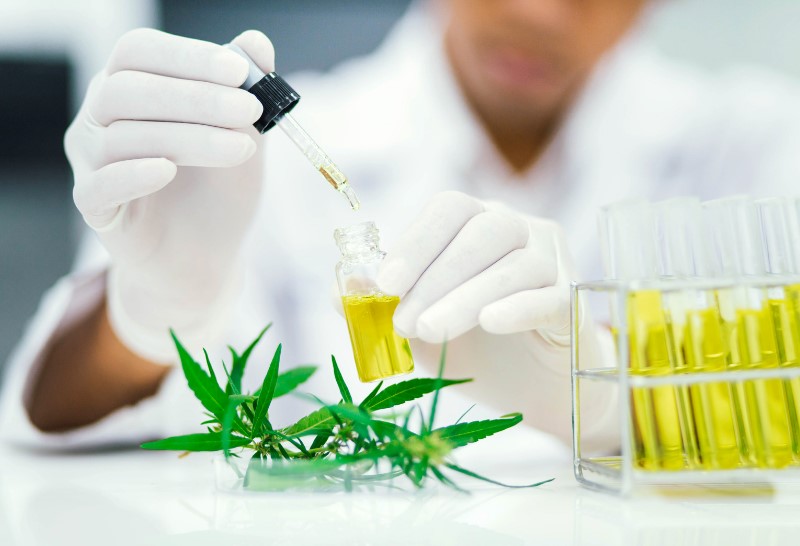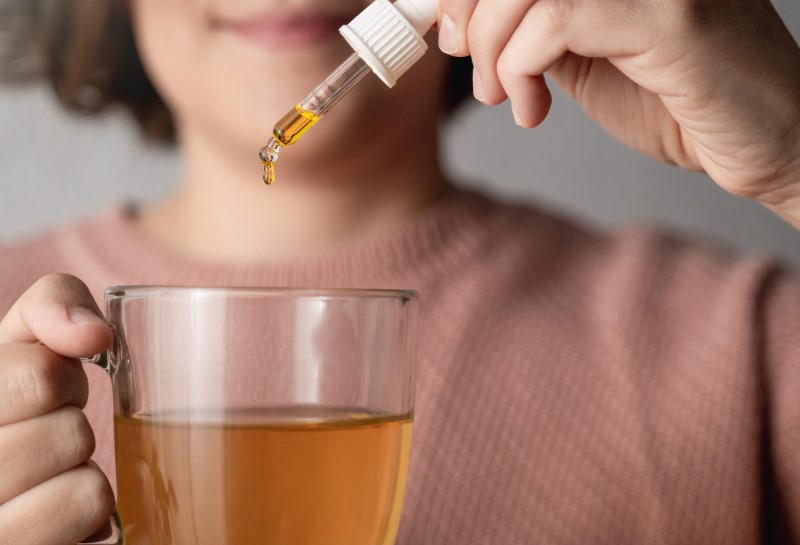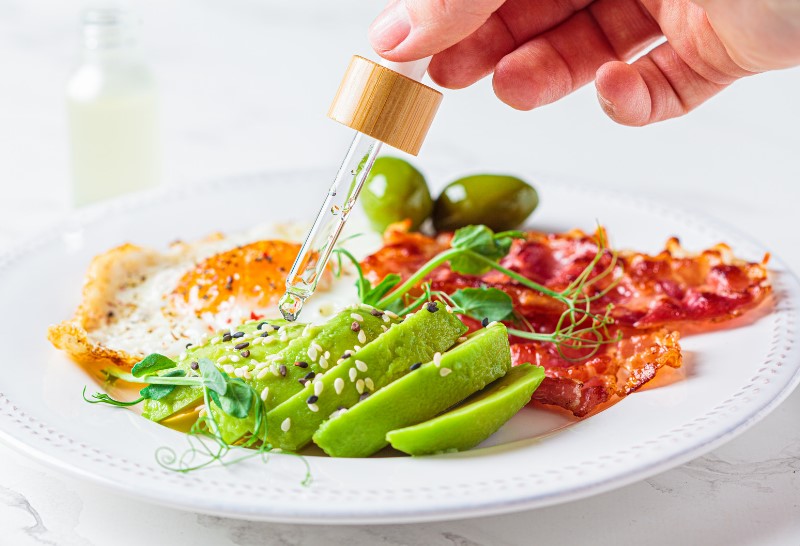CBD Oil Basics You Should Know
Table of Contents
If you still haven’t jumped on the CBD oil bandwagon, it’s very likely that someone you know already has. This up-and-coming supplement has now entered the mainstream market after making its way outside the world of alternative health.
CBD is the acronym for cannabidiol, made from cannabis plants. Cannabidiol doesn’t produce a high, unlike marijuana, and studies have revealed that it doesn’t induce addiction. Thanks to its purported health benefits, it is enjoying a quick rise in popularity.
With its fame, chances are you’ve heard of or are aware of the uses of CBD for chronic health conditions such as anxiety or migraines as well as for pain. According to cannabis practitioners, some of the most notable benefits of CBD include its neuroprotective, antispasmodic, anticonvulsant, anti-inflammatory, and analgesic properties. Although using CBD seems to be safe in general, it is still recommended to discuss things with your doctor first before you decide to embark on a new regimen.
CBD Oil Sources
You can find CBD online, at the health supplements shop in your area, or even in the lattes sold at your favorite local coffee shop. As of now, CBD is not yet regulated by the relevant authorities since it is still considered a supplement and is thus sold as one. This means that there is no guarantee whatsoever of its safety or effectiveness.
Only opt for organic varieties to find the most suitable CBD oil for you and your specific needs. Experts have developed the so-called REAL method to help you gauge a product according to four main markets. These include raw materials, extraction techniques, additional ingredients, and laboratory testing.

Third-party lab testing is ultimately the most critical factor as it provides proof that the product truly contains everything it claims to.
Where to Use Cannabidiol Oil
It’s quite simple and easy to cook with CBD, even more so if you begin with your favorite beverages. You can add several drops to your smoothie recipes if you’ve bought a small CBD tincture. This is an easy way to experience its effects sooner.
Many people love smoothie recipes that feature CBD because they are very simple. They are also an excellent method of giving the body some nourishment. You can also try adding CBD drops to your afternoon tea or coffee.

You can also add CBD oil to baked goods. However, remember that its effectiveness may be reduced when exposed to heat so choose only those recipes that are baked at 350°F or even lower. If you don’t like the idea of heating it, you can also add CBD to some no-bake treats, such as homemade whipped cream or protein bites. You can stir it into your favorite comfort soup or a delicious pesto sauce.
You will surely have an exciting and fun time experimenting with different CBD forms in the kitchen. At the same time, you also get the opportunity to discover and determine the option that you like the most.
How to Cook with Cannabidiol Oil
Remember a few things to ensure that you get the most out of the quality CBD product you bought.
For starters, you can make cannabis oil more effective by mixing it with different cooking oils. Now, you might be wondering why things are this way. Just so you know, CBD is fat-soluble, meaning it will be better absorbed in your body if you mix it with other fats like coconut or avocado oil.

Second, avoid placing the oil close to direct sources of heat. Again, don’t forget that its composition will change once exposed to heat, thus reducing its effectiveness. If you plan to use CBD in a delicious pan of sautéed veggies, you can just sprinkle the oil over the dish after plating it instead of using it to cook the ingredients.
Lastly, be extra careful if you mix CBD and alcohol. If you have paired your CBD-infused meal with a cocktail, ensure you don’t have to drive afterward. It is also a wise idea to ensure that your regular medications won’t interact with the oil in any way.
Recommended Quantity When Cooking with Cannabidiol Oil
When using potent spices in cooking, always begin with a small amount. Of course, you can add more, but once you do, there’s no going back.
If this is your first time to cook with CBD, the recommendation is to go slow and start low. You can begin with a tiny 5 to 10-milligram dosage for every serving. From there, evaluate how you feel. If you don’t notice or feel any of the expected benefits you’re after, like help with your anxiety or pain relief, you can increase the dose by 5-10 milligrams until you’ve reached the desired result. Once again, ask your doctor if you have any questions about the product and its potential side effects.
Proper Storage
The CBD oil you bought likely came in a blue or amber bottle. This is because once it’s exposed to light, the cannabinoids may be lost. Simply put, your product will also have reduced effectiveness if you let it sit in the light. Ensure your CBD bottle is stored in a dry, cool, dark place like the pantry.
Heat can also change the composition of your oil, so don’t store the bottle in a room that gets significantly warm. Air exposure can also alter the composition of the oil, so keep the product in an airtight bottle. The oil can easily last for a year or two if stored properly.
Now that you know the basics of CBD oil, go ahead and try it!
